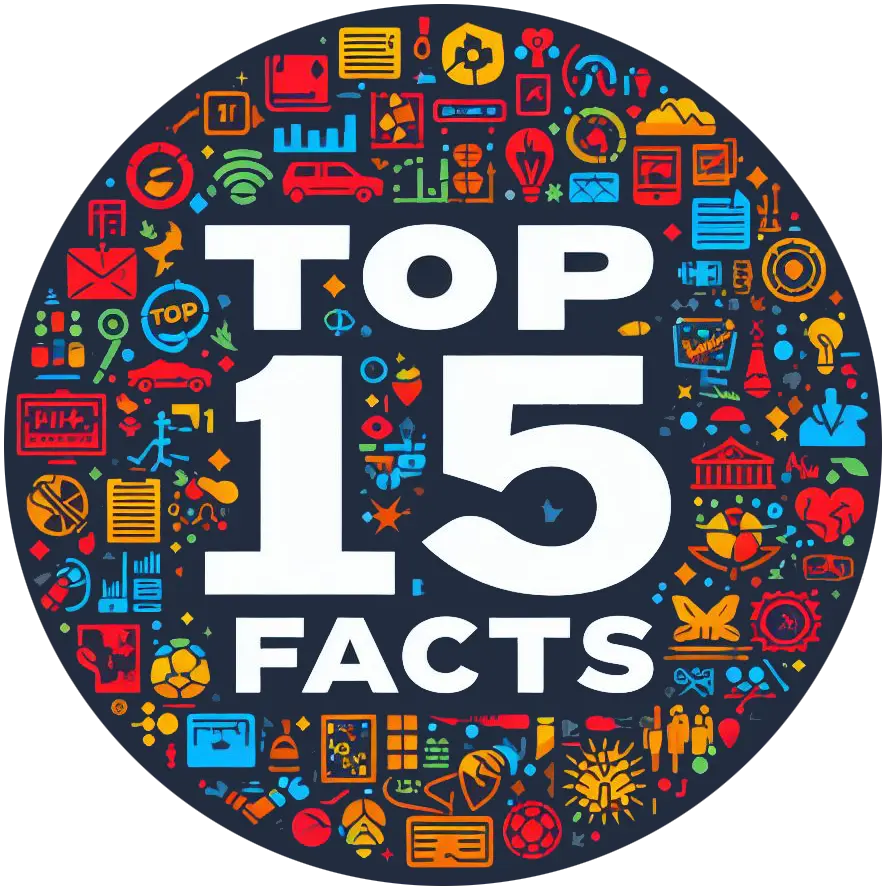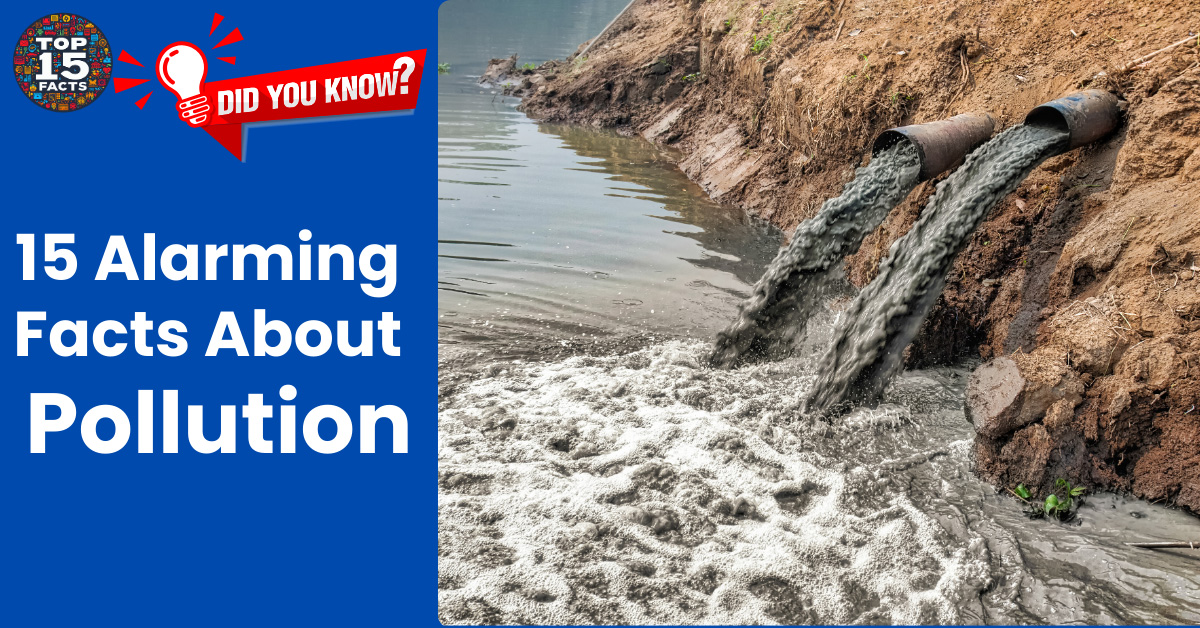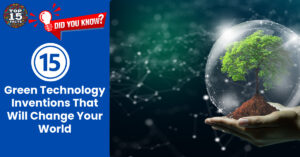Pollution isn’t just an unsightly mess; it’s an insidious threat that poisons our air, water, and land. The consequences of pollution are far-reaching, harming our health, ecosystems, and the entire planet. Understanding the severity of this issue is crucial for taking action and finding solutions. Let’s delve into 15 disturbing facts that highlight the dangers of pollution.
15 Alarming Facts About Pollution
- Air pollution kills millions of people prematurely each year.
- Plastic pollution chokes our oceans, killing marine life.
- Water pollution makes safe drinking water a scarcity for billions.
- Soil pollution reduces crop yields and contaminates food.
- Pollution disproportionately affects marginalized communities.
- Noise pollution disrupts wildlife and impacts human health.
- Chemical pollution from industry and agriculture poisons ecosystems.
- Light pollution obscures the night sky and disrupts biological rhythms.
- Pollution drives climate change, causing extreme weather events.
- Waterborne diseases from pollution cause widespread illness and death.
- Pollution is linked to cancer development.
- Children are particularly vulnerable to the health effects of pollution.
- Pollution lowers IQs and impairs cognitive development.
- The economic costs of pollution are staggering.
- Microplastics are a growing threat, contaminating the food chain and raising health concerns.
1: Air pollution:
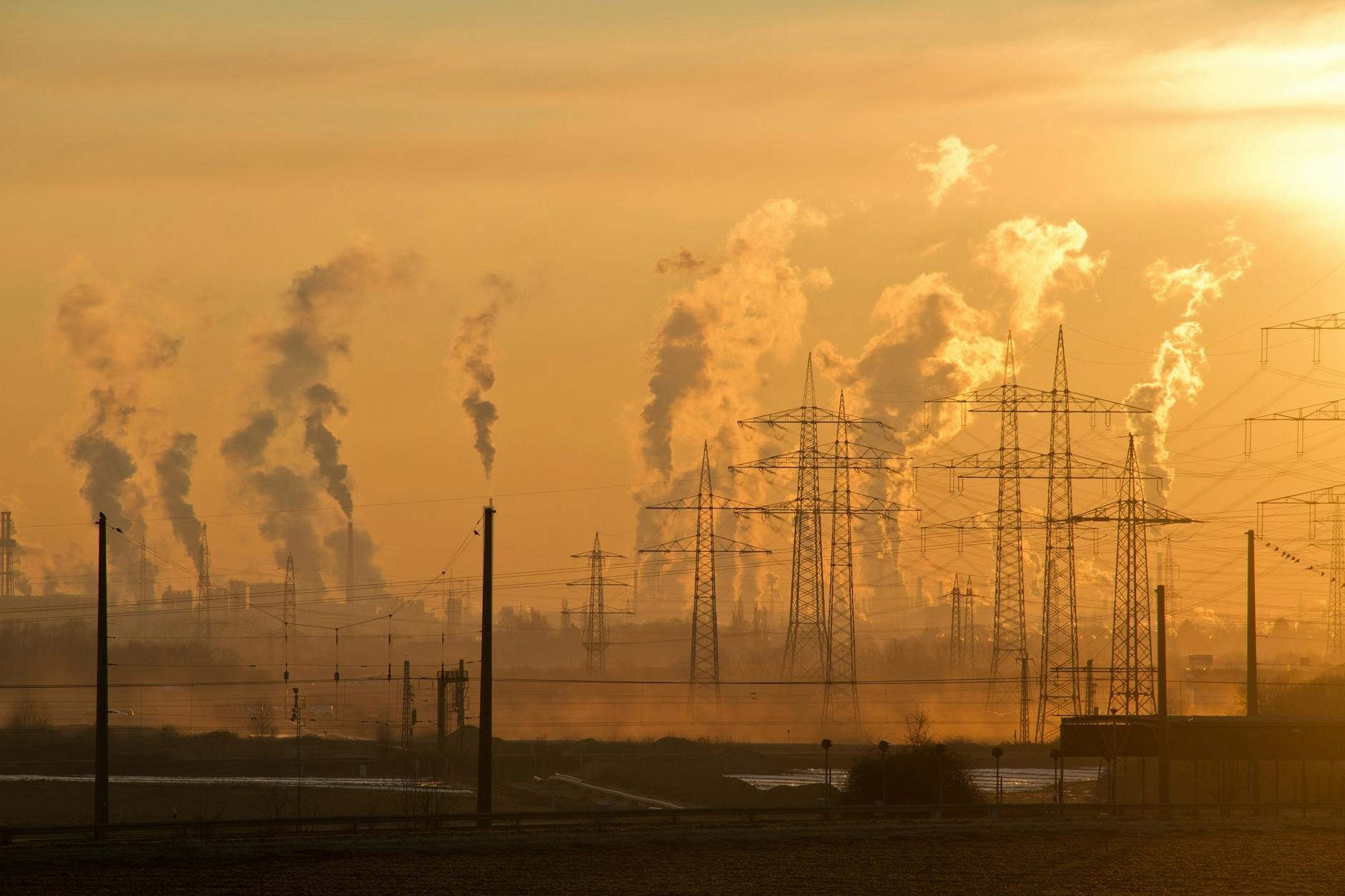
Every breath we take in polluted air comes with a risk. Microscopic pollutants like smog and particulate matter infiltrate our lungs, triggering a cascade of health problems. Exposure to air pollution is a major contributing factor to heart disease, stroke, lung cancer, and chronic obstructive pulmonary disease (COPD). The World Health Organization estimates that millions of lives could be saved annually by curbing air pollution.
2: Plastic pollution:
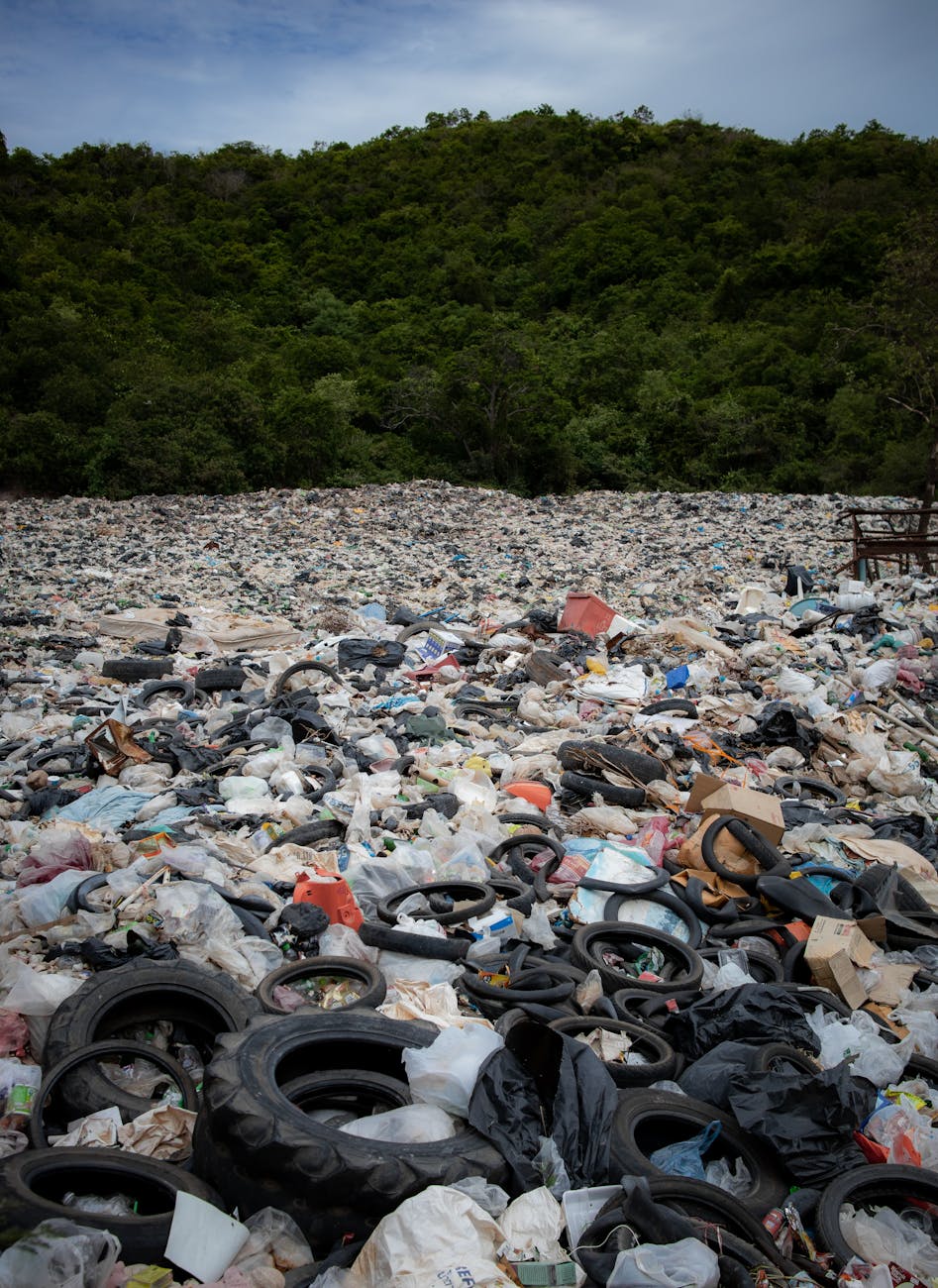
Our love affair with plastic has turned our oceans into a plastic soup. Millions of tons of plastic waste enter the marine environment every year, entangling and suffocating marine animals like sea turtles, whales, and birds. Marine animals also mistake microplastics, tiny plastic fragments, for food, leading to blockages in their digestive systems and potential exposure to harmful chemicals. This plastic pollution disrupts entire marine ecosystems, threatening the health of our oceans and the seafood we rely on.
3: Water pollution:
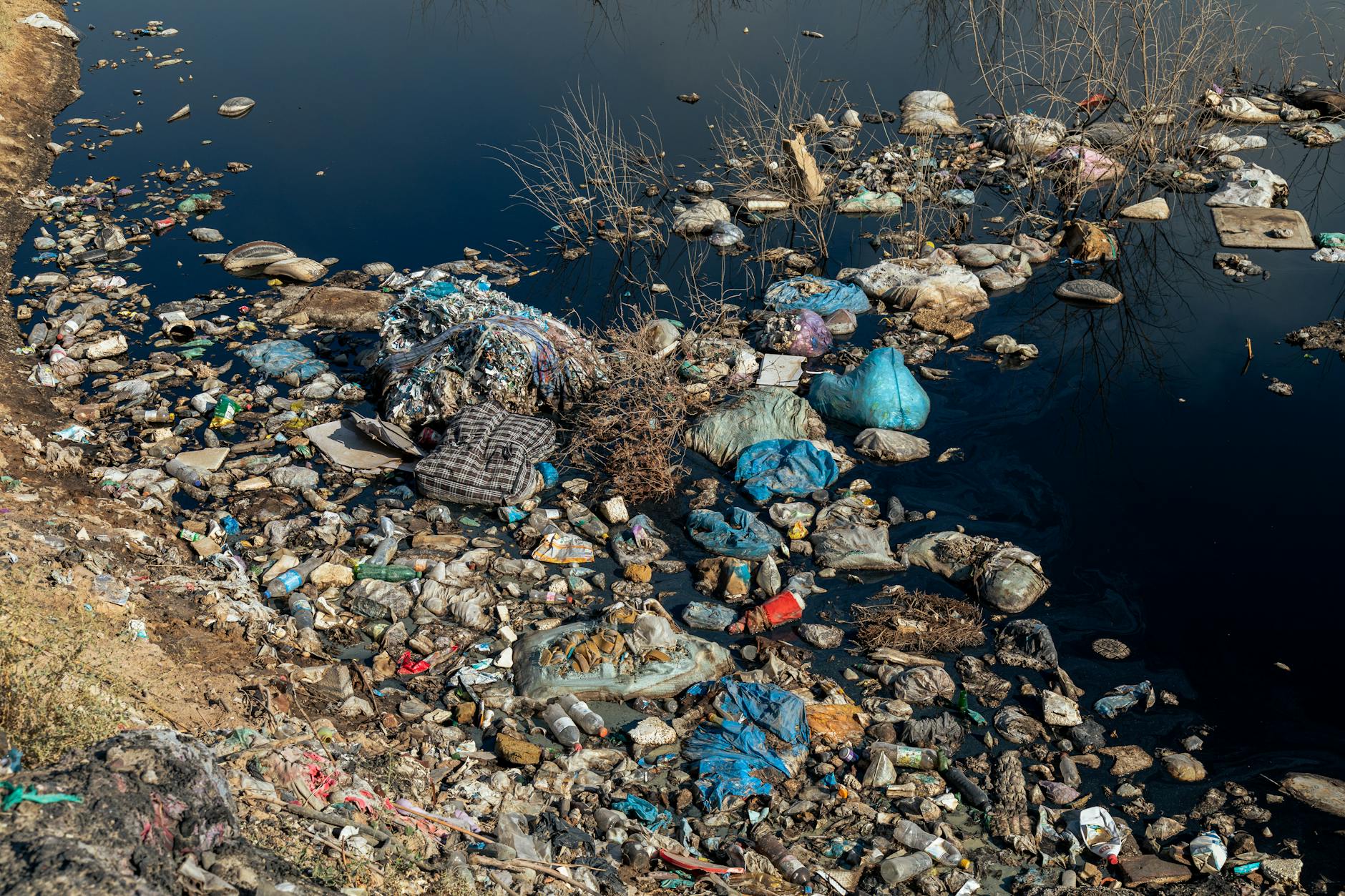
Clean water is essential for life, but pollution is making it an increasingly scarce resource. Industrial waste, agricultural runoff laced with pesticides and fertilizers, and untreated sewage contaminate water sources. Polluted water can harbor harmful bacteria, viruses, and parasites, leading to waterborne diseases like cholera, typhoid, and dysentery. These diseases cause widespread illness and death, especially in developing countries where access to clean water is limited.
Read More: 15 Biggest Environmental Threats: Protect Our Planet Now
4: Soil pollution:
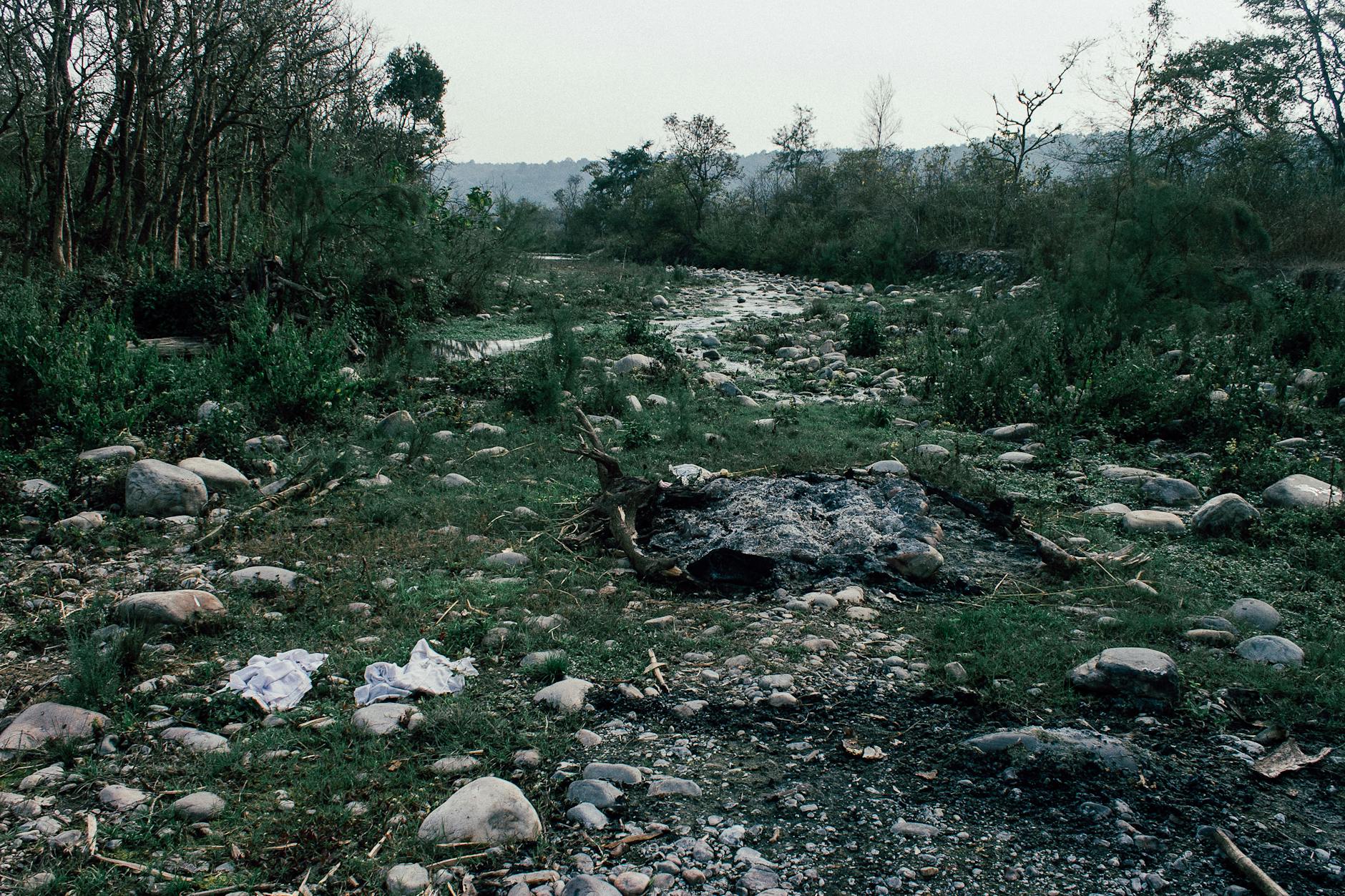
The foundation of our food system – healthy soil – is under threat from pollution. Chemicals used in agriculture, industrial waste, and improper waste disposal can contaminate soil. This pollution degrades soil quality, reducing crop yields and potentially contaminating the food we grow. Polluted soil can also disrupt the delicate balance of microorganisms essential for healthy plant growth, further jeopardizing food security.
5: Environmental injustice:
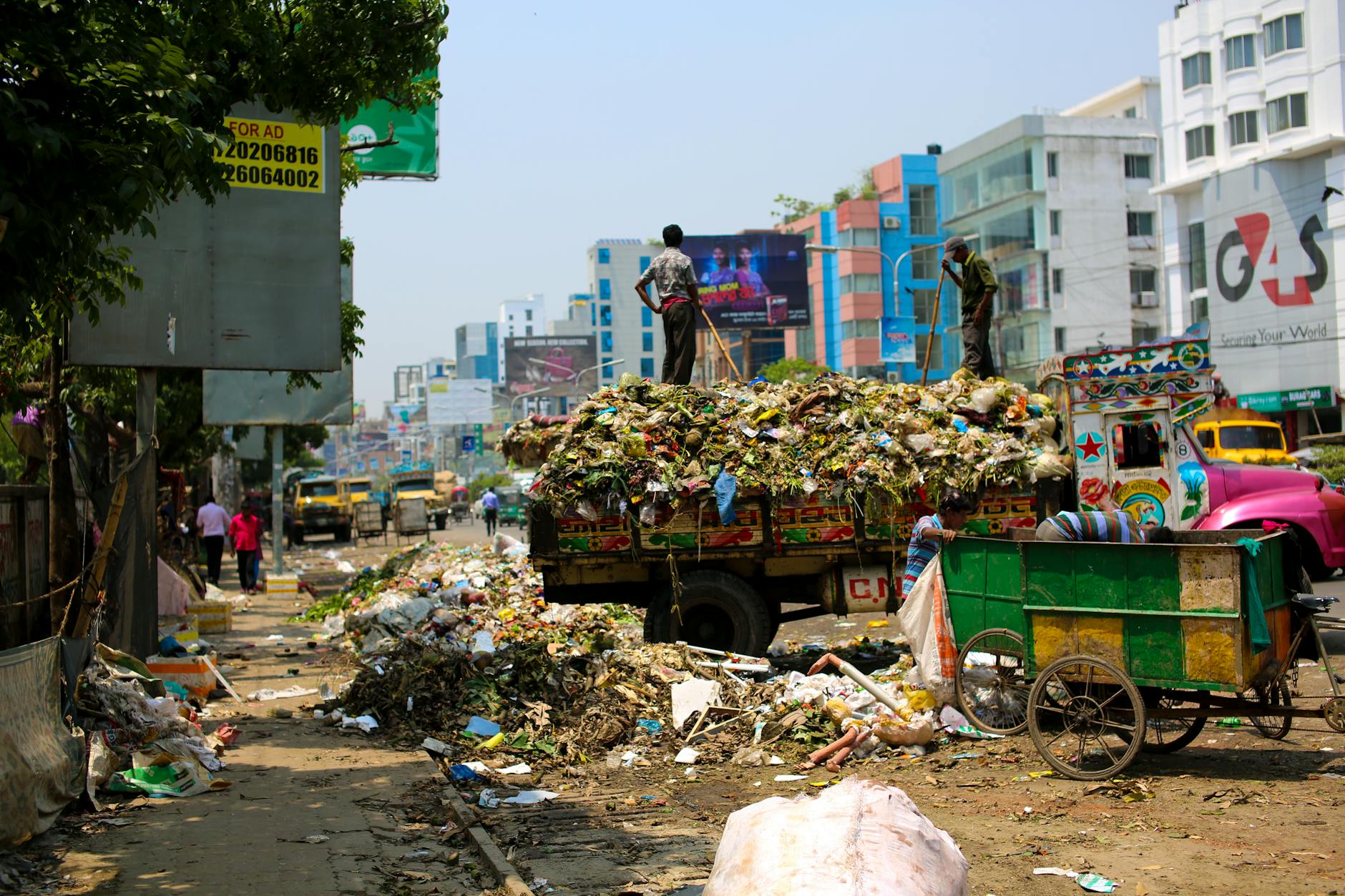
The burden of pollution isn’t shared equally. Low-income communities and communities of color are often located near polluting factories, landfills, and incinerators. These communities face higher exposure to pollutants, leading to a greater risk of pollution-related health problems. Environmental justice advocates are working to address this imbalance and ensure everyone has a right to a healthy environment.
6: Noise pollution:
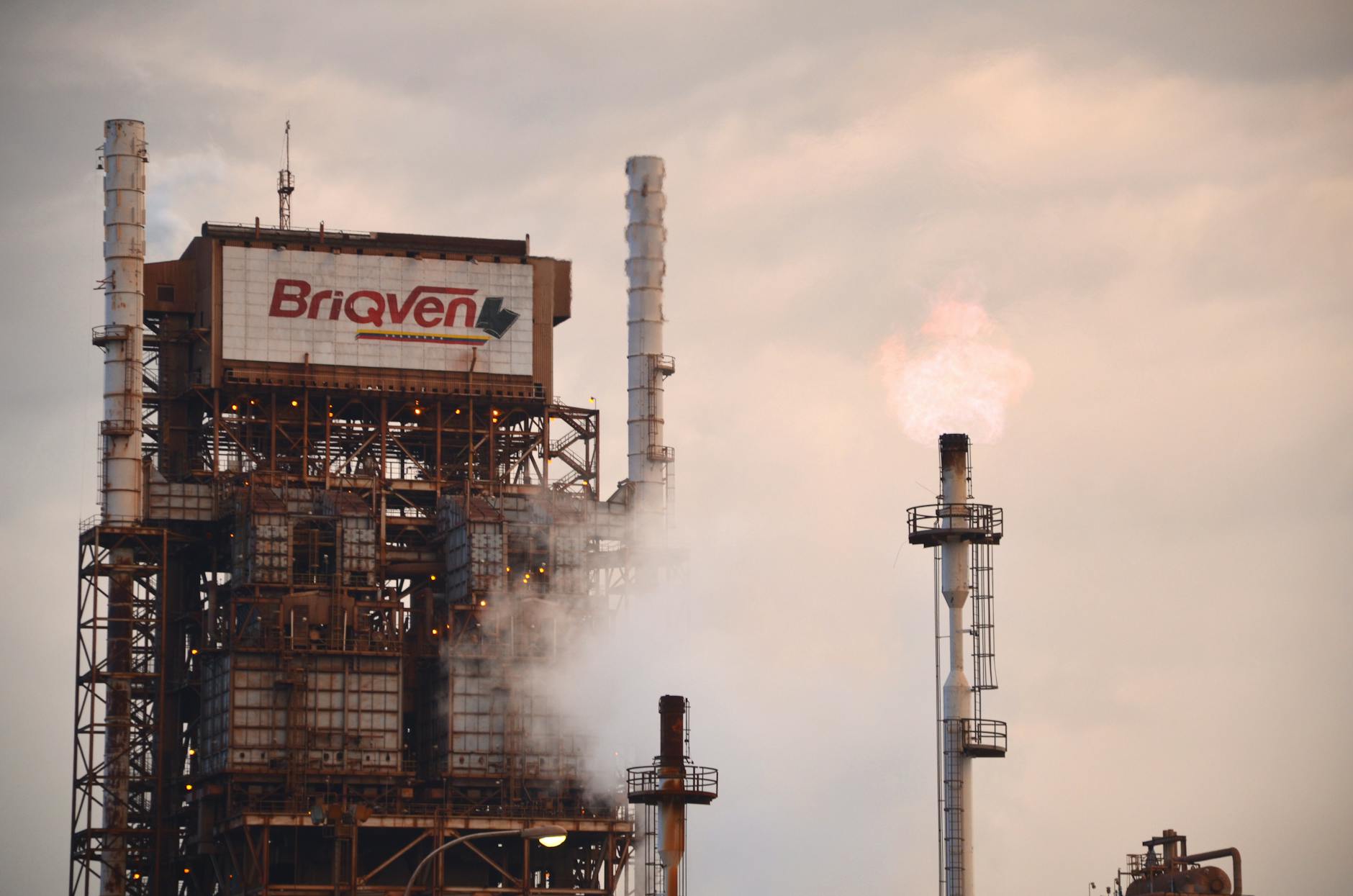
The constant hum of traffic, the roar of construction, and the blare of industry create a cacophony that goes beyond mere annoyance. Noise pollution can have serious consequences for both wildlife and human health. In animals, it interferes with communication and migration patterns, disrupts breeding cycles, and increases stress levels. In humans, excessive noise pollution can lead to sleep disturbances, hearing loss, increased blood pressure, and cardiovascular problems.
Read More: 15 Astonishing Natural Wonders You’ve Never Heard Of
7: Chemical pollution:
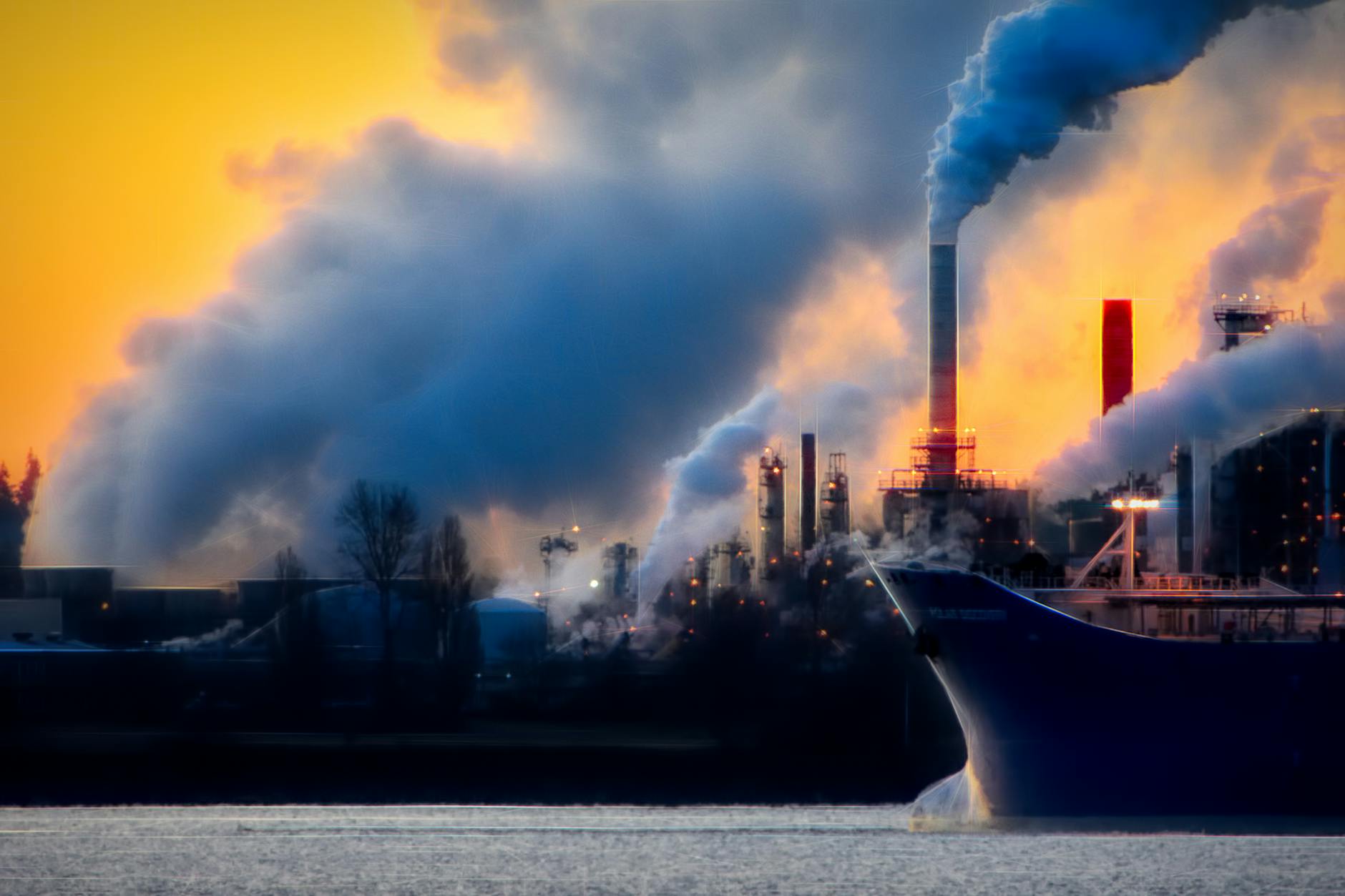
Countless chemicals are released into the environment from industrial processes, mining operations, and intensive agriculture. These chemicals can seep into waterways, contaminate soil, and persist in the environment for decades. Pesticides designed to kill crop pests can also harm beneficial insects and birds. Chemical pollution disrupts ecosystems, poisoning wildlife and potentially affecting the entire food chain.
8: Light pollution:
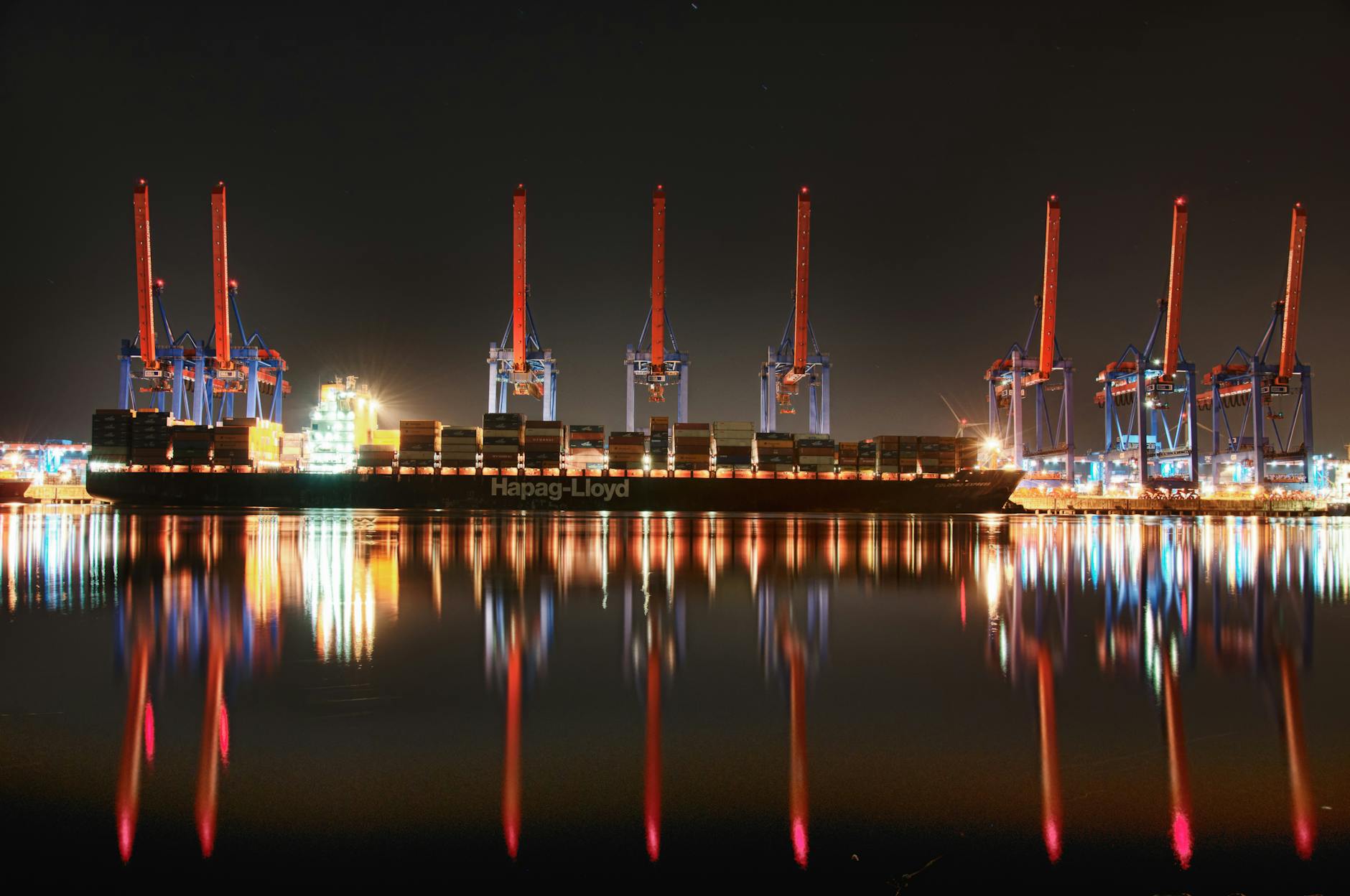
While artificial light has many benefits, excessive light pollution is obscuring the beauty of the night sky and throwing delicate biological rhythms into disarray. Light pollution from streetlights, buildings, and advertising signs disrupts the sleep-wake cycles of both humans and wildlife. In migrating birds, it can interfere with navigation, and in sea turtles, it can confuse hatchlings who rely on natural light cues to find their way to the ocean.
9: Climate change:
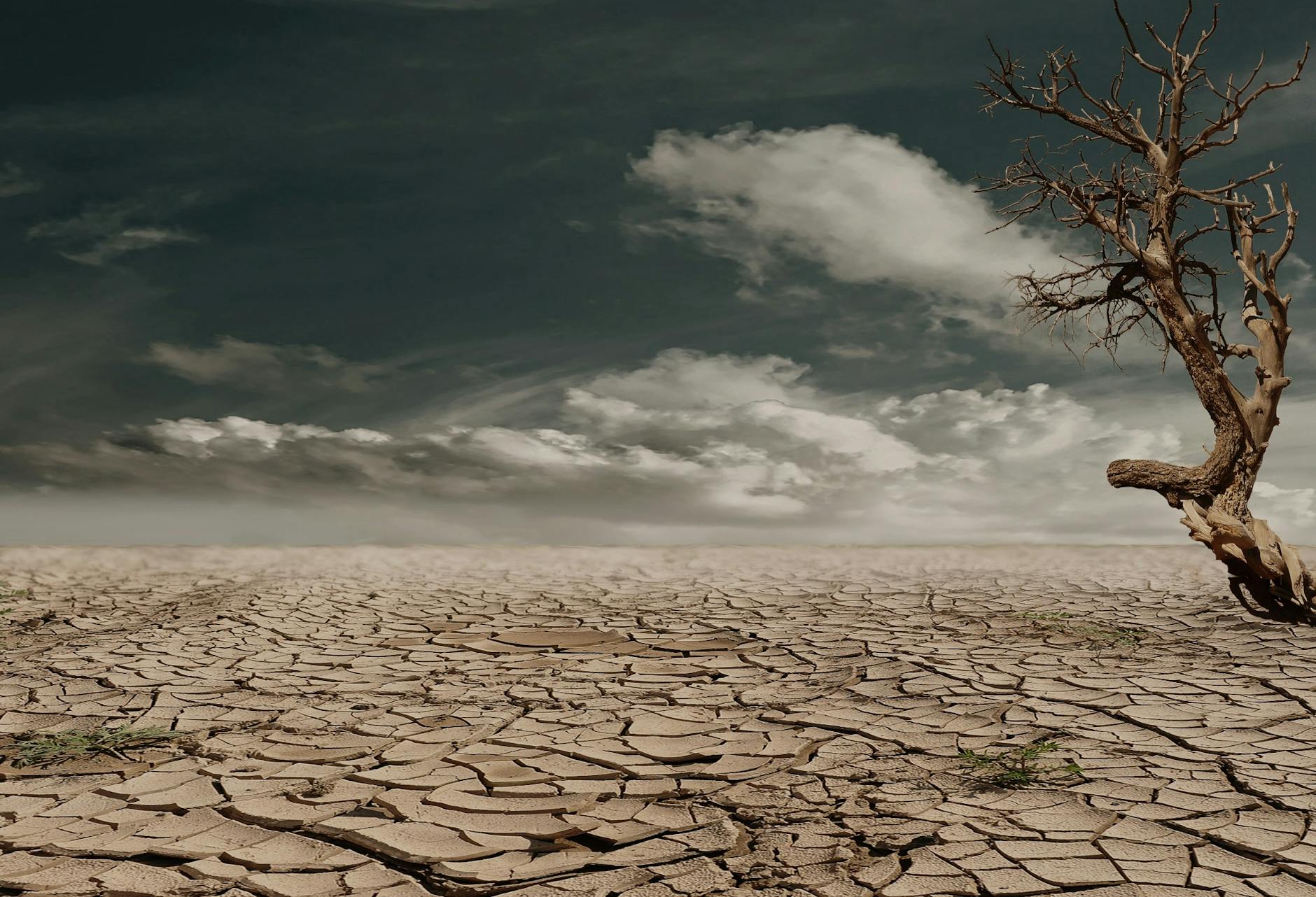
The burning of fossil fuels for energy and transportation releases greenhouse gases like carbon dioxide into the atmosphere. These gases trap heat, causing global temperatures to rise at an alarming rate. Climate change, fueled in large part by pollution, is leading to more frequent and severe weather events like heatwaves, droughts, floods, and wildfires. It’s also causing sea levels to rise, threatening coastal communities and low-lying islands.
Read More: Discover 15 Amazing Facts About the Amazon Rainforest
10: Waterborne diseases:
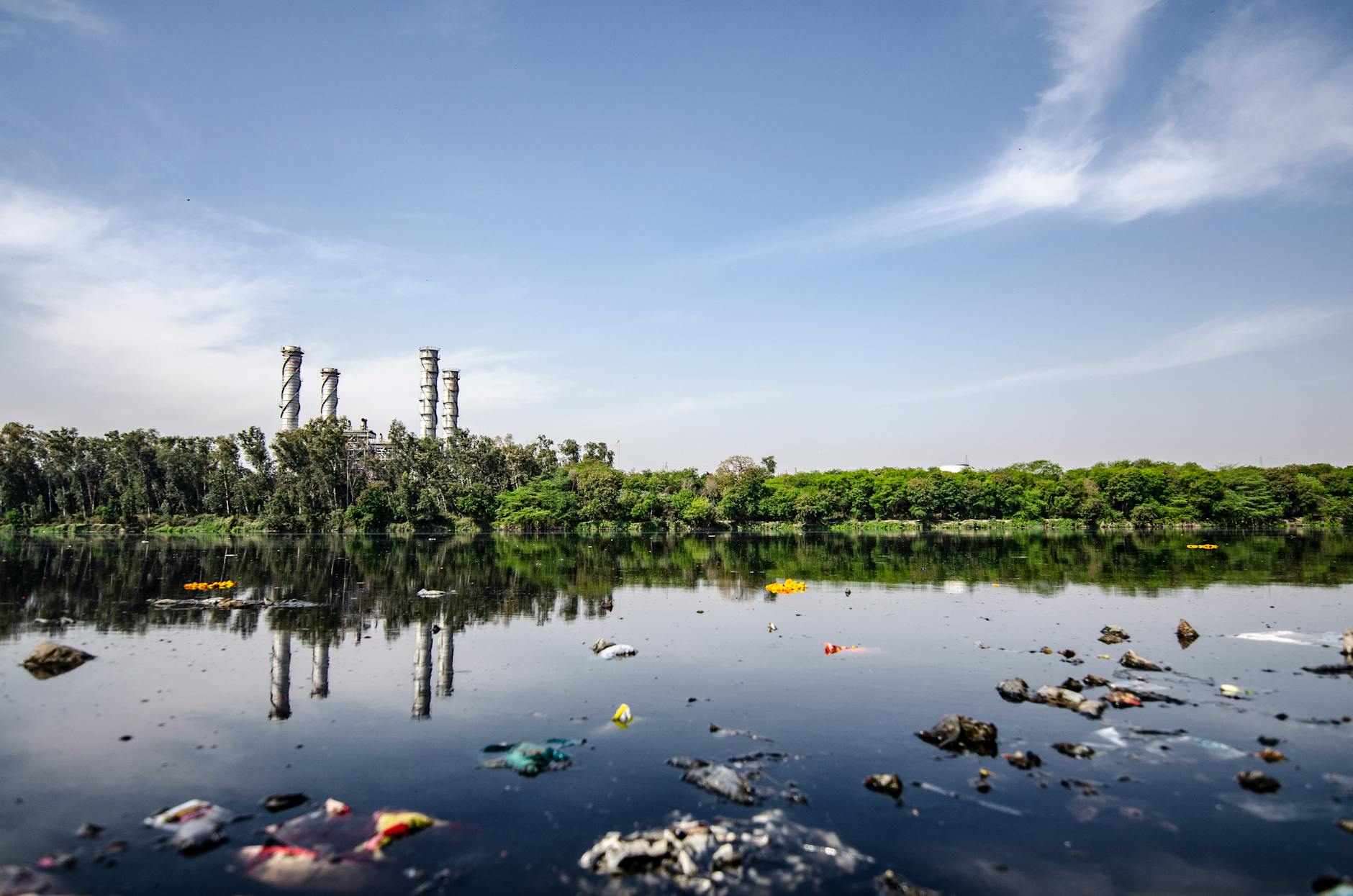
Water contaminated with sewage, industrial waste, or agricultural runoff becomes a breeding ground for harmful pathogens. When people consume contaminated water or come into contact with it, they are at risk of contracting waterborne diseases like cholera, typhoid, dysentery, and hepatitis A. These diseases disproportionately impact developing countries and cause millions of preventable deaths each year.
11: Pollution and cancer:
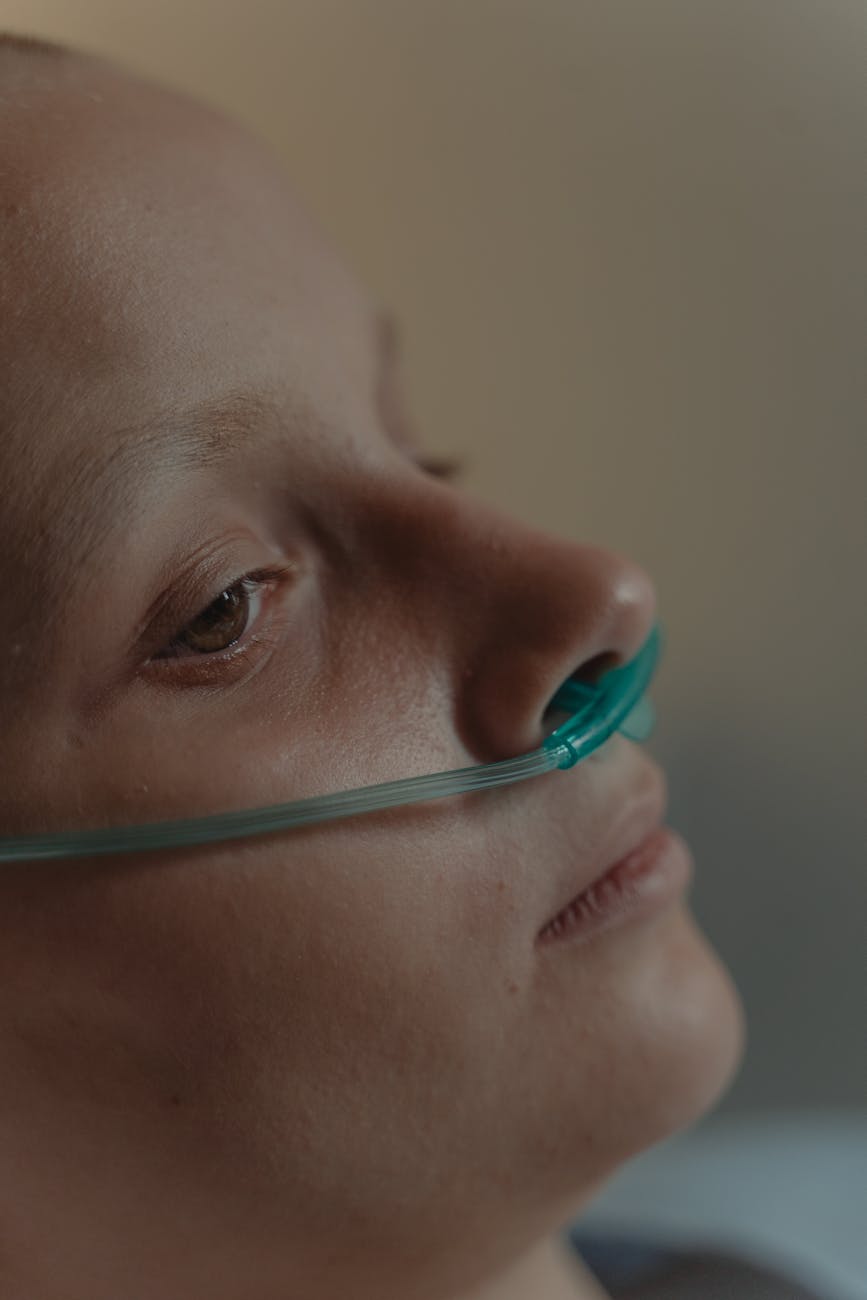
Exposure to certain types of pollution, such as benzene found in gasoline fumes and some industrial chemicals, is a known carcinogen. Research suggests links between pollution and increased risks for lung cancer, bladder cancer, and potentially other types of cancer. While the exact mechanisms are still being studied, the link between pollution and cancer highlights the importance of reducing our exposure to harmful chemicals.
12: Children: The most vulnerable to the health impacts of pollution.

Sadly, children are the most vulnerable to the dangers of pollution. Their developing bodies are more susceptible to the harmful effects of pollutants, making them more likely to experience respiratory problems, developmental delays, and other health issues. Because children breathe more rapidly than adults and spend more time playing outdoors, their exposure to pollutants can be disproportionately high.
13: Pollution’s impact on intelligence:
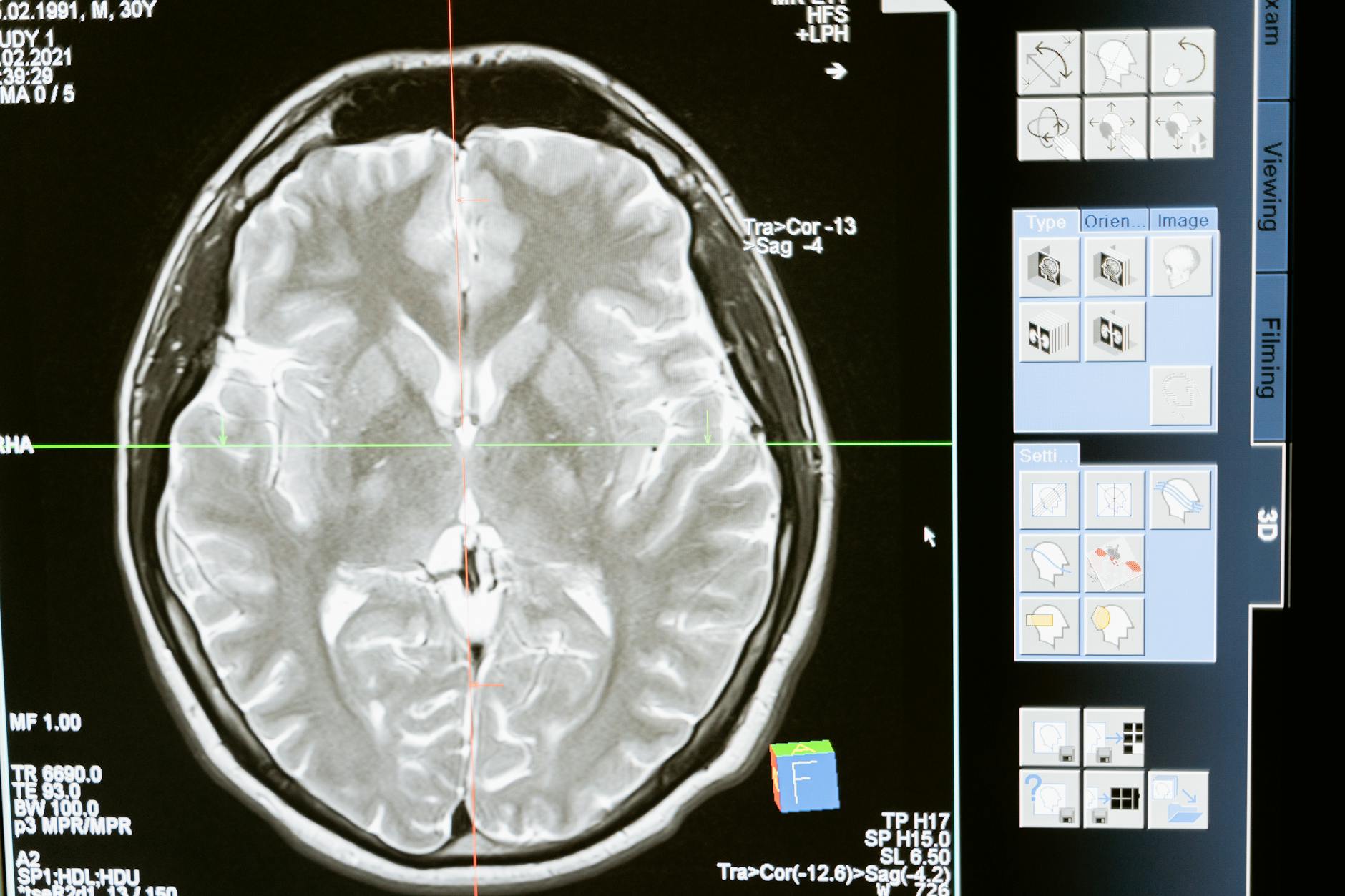
Emerging research suggests that exposure to pollution, particularly air pollution and certain chemicals, can have a negative impact on children’s cognitive development. Studies have linked pollution exposure to lower IQ scores, impaired memory function, and behavioral problems. Protecting children from pollution is essential for safeguarding their future potential.
14: The staggering economic cost of pollution:

The cost of pollution goes far beyond environmental damage. It translates into increased healthcare costs due to pollution-related illnesses, reduced worker productivity, lost agricultural yields, and damaged infrastructure. The World Bank estimates that pollution costs trillions of dollars globally each year.
15: Microplastics:
Microplastics are tiny plastic fragments, less than 5 millimeters in size, that come from various sources. The breakdown of larger plastic debris, synthetic clothing fibers released during washing, and microbeads used in some cosmetics all contribute to microplastic pollution.
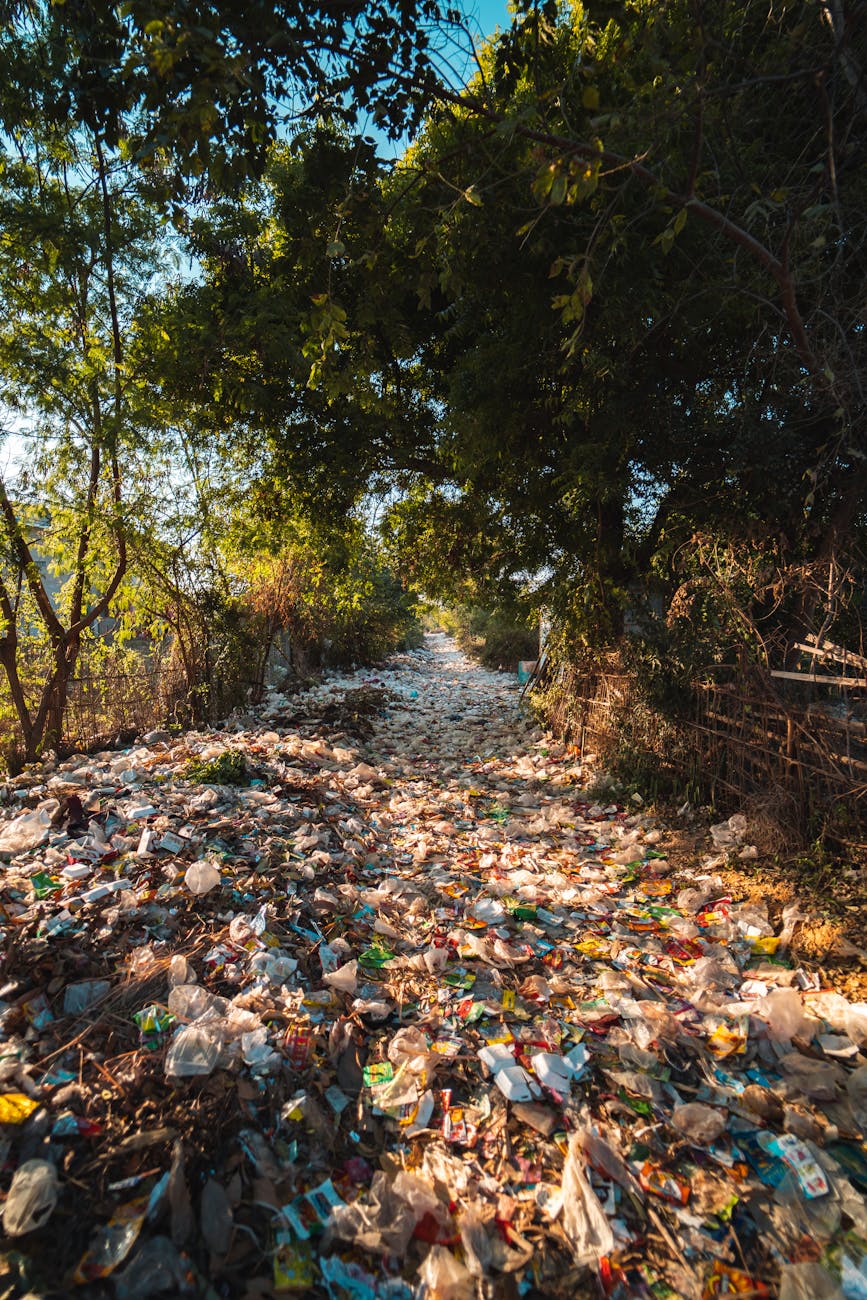
These microplastics are virtually invisible and widespread in the environment. They are found in our oceans, rivers, lakes, and even the air we breathe. Microplastics are also accumulating in the food chain, as they are ingested by plankton, small fish, and ultimately, larger animals, including humans.
The potential health impacts of microplastics on humans are still being researched. However, there is growing concern that ingesting microplastics may disrupt hormones, damage internal organs, and potentially contribute to certain health problems.
How Can We Combat Pollution?
The fight against pollution isn’t hopeless. It demands action on multiple fronts, from systemic changes to individual choices. Here are some crucial steps we can all take to turn the tide:
Systemic Changes
- Transition to renewable energy sources: Phasing out fossil fuels and investing in clean energy like solar, wind, and geothermal power is essential to reducing greenhouse gas emissions and climate change.
- Stricter environmental regulations and enforcement: Governments need to set stringent regulations for industries, limiting harmful emissions and waste disposal. Effective enforcement of these regulations is key to holding polluters accountable.
- Invest in sustainable infrastructure: Prioritizing public transportation, biking and walking paths, and energy-efficient buildings reduces reliance on cars and fossil fuels.
- Support sustainable agriculture: Encourage farming practices that reduce chemical use, protect soil health, and conserve water resources.
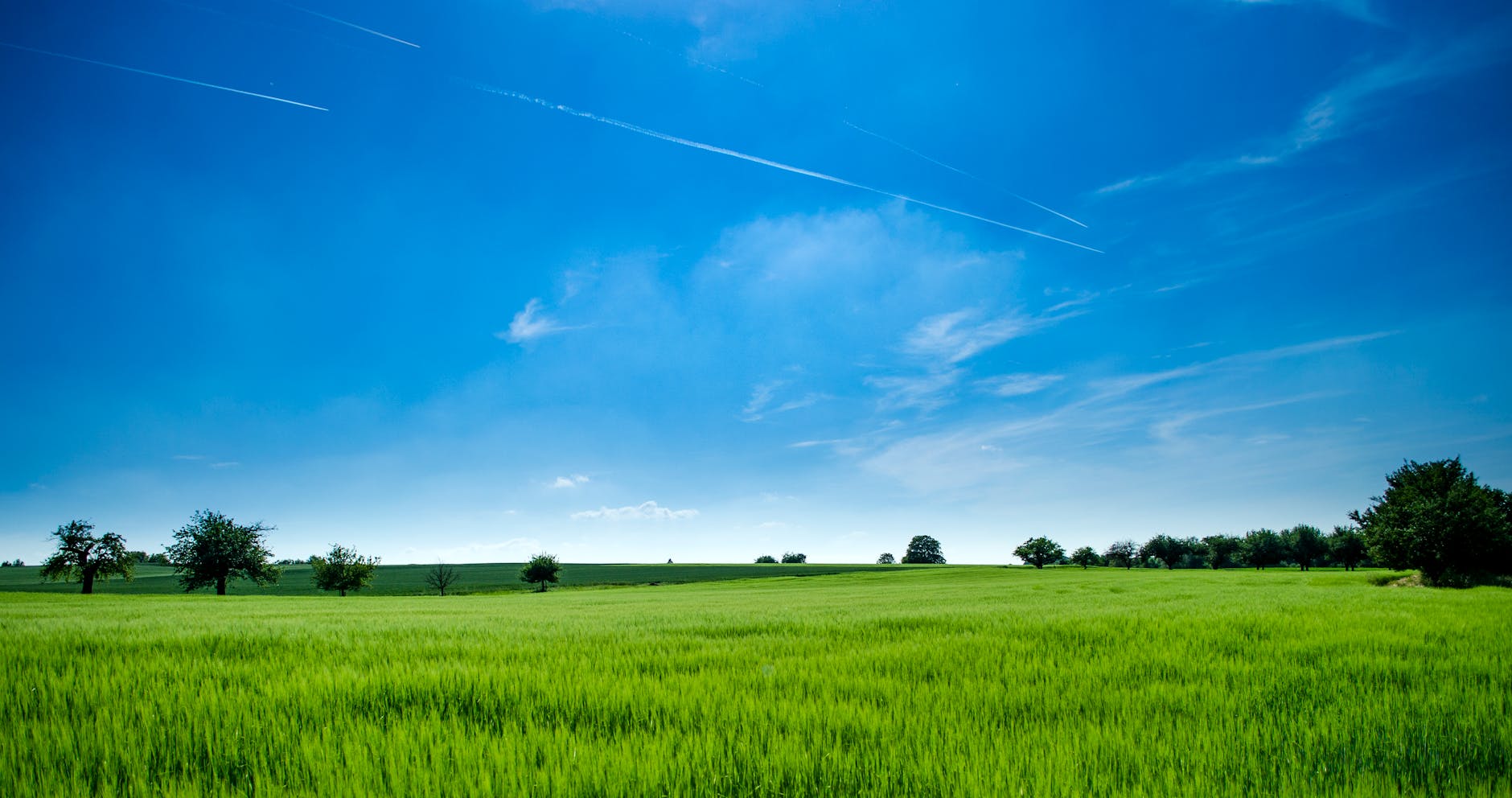
Individual Actions
- Reduce, reuse, recycle: Consciously minimize your consumption, buy second-hand when possible, and responsibly recycle waste to decrease your environmental footprint.
- Conserve energy: Turn off lights when not in use, unplug electronics, invest in energy-efficient appliances, and weatherize your home.
- Choose sustainable transportation: Walk, bike, carpool, or use public transport whenever possible. If you must drive, consider a fuel-efficient or electric vehicle.
- Make eco-friendly choices: Opt for non-toxic cleaning products, reduce plastic use, and choose products with minimal packaging.
- Support businesses with strong environmental practices: Vote with your wallet by supporting companies committed to sustainability.

Spread Awareness & Get Involved
- Educate yourself and others Share your knowledge about pollution and its dangers. Encourage conversations about solutions within your community.
- Support environmental organizations: Donate to or volunteer with organizations working to protect the environment and promote sustainability.
- Contact your elected officials: Let your representatives know that environmental issues are important to you. Advocate for policies that combat pollution and support clean energy solutions.

Conclusion:
The dangers of pollution are undeniable, but so is the power of human action. Our choices, our voices, and our collective efforts truly make a difference. Remember, every positive step, no matter how small, contributes to a cleaner and healthier world.
15 FAQs ( Frequently Asked Questions):
-
What is pollution?
Pollution is the introduction of harmful substances or other contaminants into the environment (air, water, and land), causing negative impacts on ecosystems and human health.
-
What are the different types of pollution?
The main types include air pollution, water pollution, soil pollution, noise pollution, light pollution, and plastic pollution.
-
What are the major causes of pollution?
Major causes include the burning of fossil fuels, industrial emissions, agricultural practices, deforestation, improper waste disposal, and transportation.
-
How does pollution affect human health?
Pollution can cause respiratory diseases (asthma, COPD, lung cancer), heart disease, stroke, birth defects, developmental delays in children, and even premature death.
-
How does pollution impact the environment?
Pollution disrupts ecosystems, harms wildlife, contributes to climate change, acidifies oceans, and degrades soil quality and water resources.
-
What can I do to reduce pollution?
Reduce energy consumption, choose sustainable transportation, minimize waste, support environmentally conscious businesses, and advocate for sustainable policies.
-
Are there specific things I can do to reduce air pollution?
Walk, bike, or use public transportation instead of driving. Maintain your vehicle, don’t idle unnecessarily, and support policies promoting clean energy.
-
How can I protect myself from air pollution?
Check air quality reports and limit outdoor activity on high-pollution days. Use an air purifier indoors, and if exposure is high, wear a properly-fitted respirator mask.
-
How can I help prevent water pollution?
Dispose of chemicals and medications properly, reduce pesticide and fertilizer use, pick up pet waste, and support sustainable agriculture and wastewater treatment initiatives.
-
Why is recycling so important?
Recycling reduces the need to extract new resources, conserves energy, and decreases waste going to landfills, where it can leach pollutants into the soil and water.
-
What is the impact of plastic pollution on marine life?
Marine animals ingest or become entangled in plastic debris, which can lead to injury, suffocation, impaired feeding, and potentially death.
-
Is climate change caused by pollution?
Yes, greenhouse gas pollution, primarily from the burning of fossil fuels, is the primary driver of climate change.
-
Are some communities more affected by pollution than others?
Yes. Environmental injustice means marginalized and low-income communities are often disproportionately exposed to pollution and its health consequences.
-
What are governments doing to address pollution?
Some governments are implementing stricter environmental regulations, investing in renewable energy, and promoting sustainable practices. However, much more needs to be done.
-
What is the role of international cooperation in fighting pollution?
Critical. Pollution crosses borders, making international agreements and collaboration essential to address global issues like air pollution, ocean pollution, and climate change.
